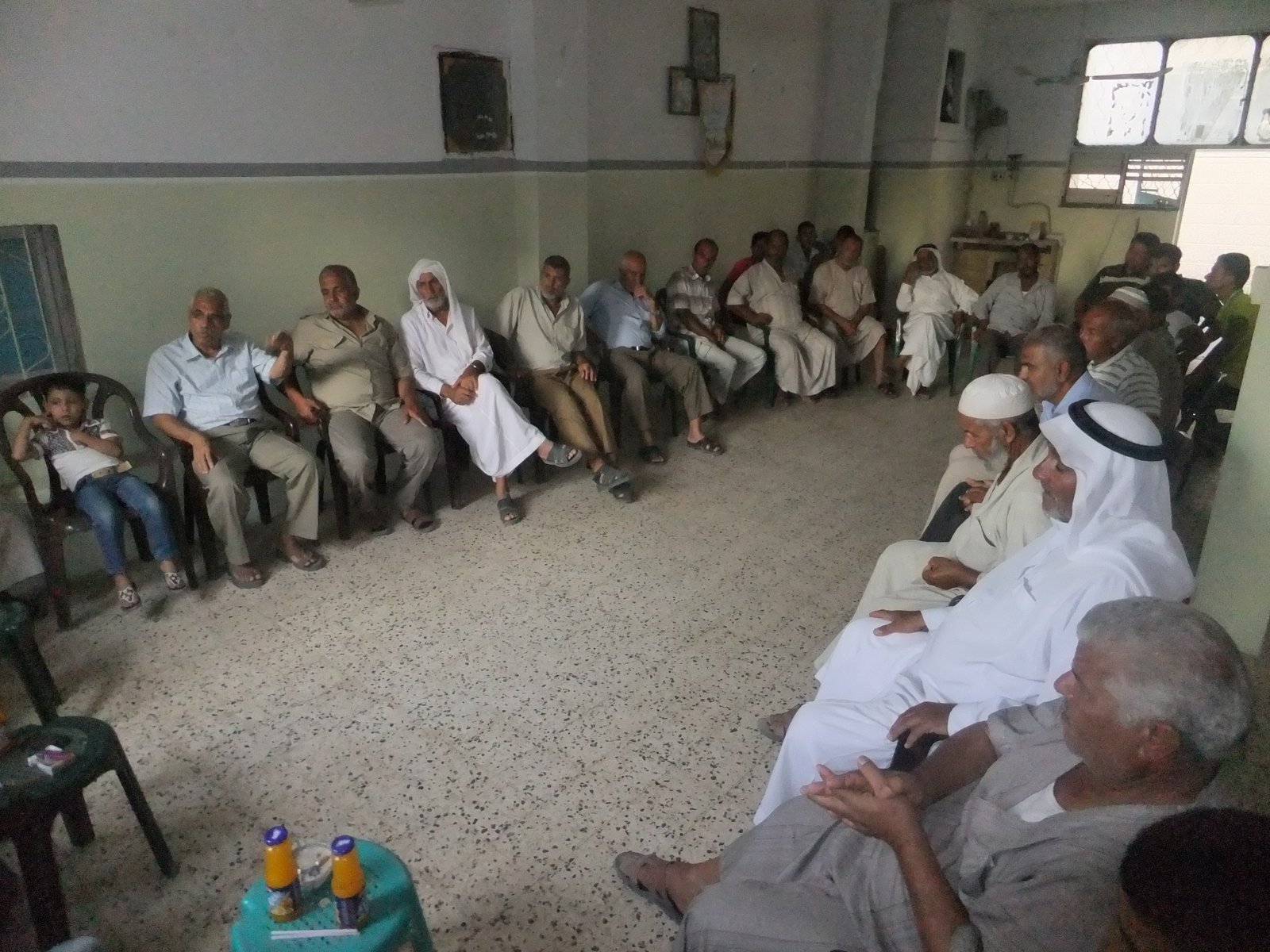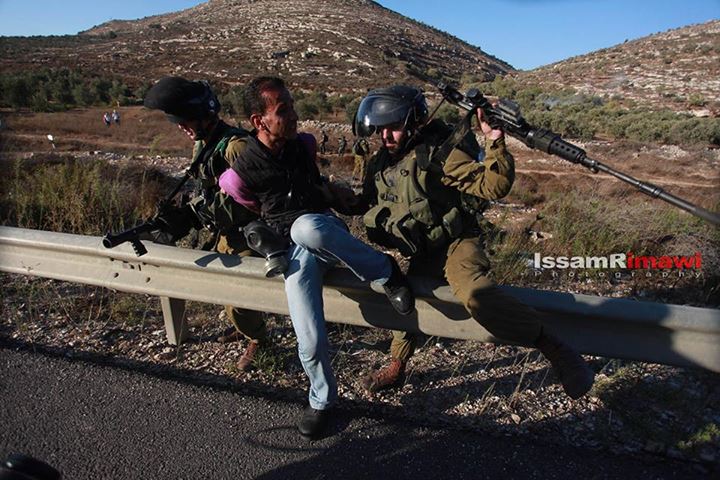Year: 2013
-
Gaza fishers and farmers: nowhere to go
13th September 2013 | International Solidarity Movement, Kevin Neish | Gaza, Occupied Palestine We had a meeting with some leaders in the Gaza commercial fishing industry, to hear their stories and see if or how we can assist them. Gaza Strip fishers have historically been some of the poorest families here, especially as many are not…
-
Updated: Three Palestinian activists arrested during demonstration against road closure in Qaryut
10th September 2013 | International Solidarity Movement, Ramallah Team | Qaryut, Occupied West Bank Update 11th September: Abdallah Abu Rahmah was released at around 10pm last night. Bashar Qaryouti and Salah al-Khawaja have also been released. Bashar has needed medical attention after being beaten during his arrest. ******* Three Palestinian activists have been arrested today related…
-
Call to action: Join ISM for the 2013 Olive Harvest Campaign
22nd August 2013 | International Solidarity Movement | Occupied West Bank At a time of regular settler violence in the West Bank, the International Solidarity Movement (ISM) is issuing an urgent call for volunteers to join us for the 2013 Olive Harvest Campaign at the invitation of Palestinian communities. The olive tree is a national symbol for…



